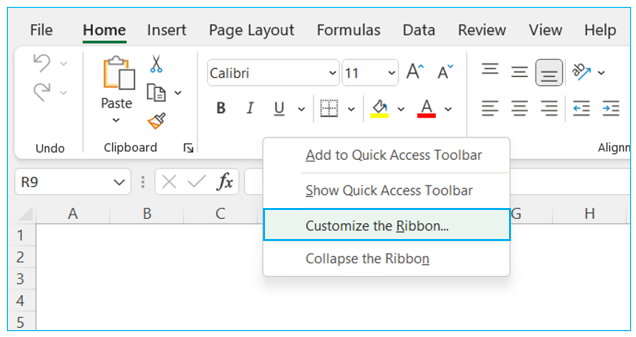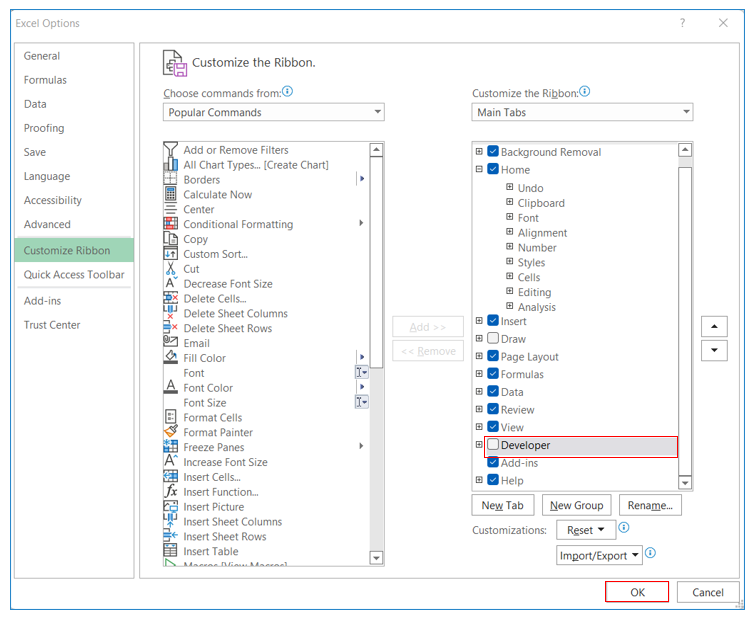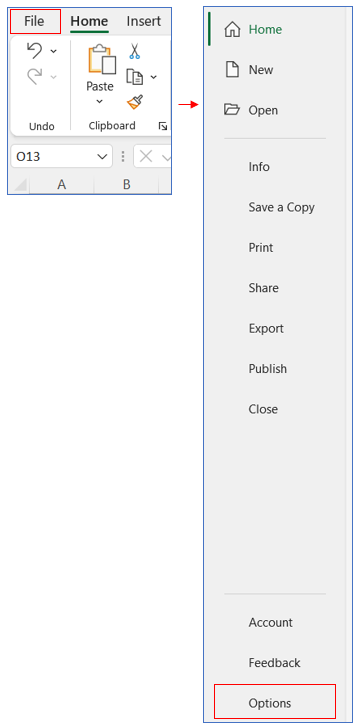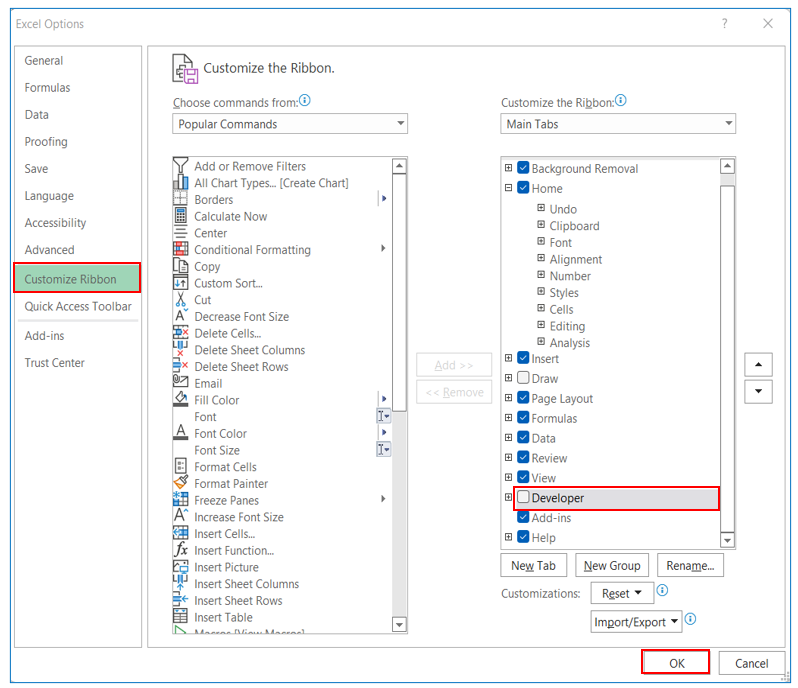How to add developer tab in Excel?
Developer Tab in Excel marks the threshold between standard spreadsheet use and advanced, customized functionality. By harnessing the power of this robust feature, you unlock the full potential of Excel, transforming it from a mere data analysis tool into a dynamic platform capable of tailored solutions and sophisticated automation. Whether you’re streamlining complex processes, enhancing data interactivity, or building comprehensive analytical models, the Developer tab in Excel stands as your gateway to a world of possibilities, reshaping the way you interact with data and driving efficiency in your digital endeavors.
Microsoft Excel is a widely used spreadsheet software offering a range of data analysis and visualization features. The software includes various tabs and menus that allow users to perform different tasks and functions. One of these tabs is the Developer tab to get access to Visual Basic Editor. By default, the Developer tab is hidden in Excel but can be easily added to the ribbon through Excel’s options menu.
In this tutorial, we will show how to add and use the developer tab in Excel in multiple ways.
Add developer tab through Customize Ribbon option
Excel developer tab to the ribbon for macro
Step-1: To enable the developer tab, Right-click anywhere in the Excel Ribbon. And Click Customize the Ribbon option

Excel Options Window will appear, outlined below

Step-2: Check the Developer Checkbox and click OK to show the developer tab.
You will see the Excel Developer Tab in the ribbon Menu highlighted below

Alternatively, way to add the developer tab in excel.
You can bring Developer tab through the following steps:
Step-1: Select File then click More Options/Options

Excel Options box will appear, outlined below

Step-2: Tick mark the Developer Check Box and click OK
You will see the Developer Tab in the Menu highlighted below

Application of Developer tab in Excel
- Designing Forms and User Interfaces:
- Use the Controls group to insert interactive controls like buttons, check boxes, and combo boxes, enabling the creation of user-friendly forms and interfaces within your Excel workbook.
- Writing and Managing Macros:
- Access the Code group to record, write, and manage macros. Macros automate repetitive tasks and complex sequences of actions, significantly enhancing efficiency and accuracy in data processing and analysis.
- Creating Custom Functions and Automation with VBA:
- Utilize the Visual Basic for Applications (VBA) editor to write custom functions, scripts, and automate tasks. VBA extends the functionality of Excel far beyond its standard features, allowing for customized solutions to complex problems.
- Importing and Controlling XML Data:
- Manage XML data by using the XML group in the Developer tab in Excel. Import, export, and work with XML data, and map XML schema elements to cells in your workbook, enabling sophisticated data exchange and analysis.
- Inserting Form Controls and ActiveX Controls:
- Enhance your worksheets with form controls (for document interaction) and ActiveX controls (for advanced UI elements), allowing for a more interactive and tailored user experience.
- Managing Add-ins:
- Use the Add-ins group to manage Excel add-ins, extending the functionality of Excel with additional features and tools, customizing your Excel environment to your specific needs and workflows.
The Developer tab is a treasure trove of tools for users looking to push the boundaries of what’s possible in Excel, offering advanced functionality for automation, data analysis, and user interface customization.
For ready-to-use Dashboard Templates:
